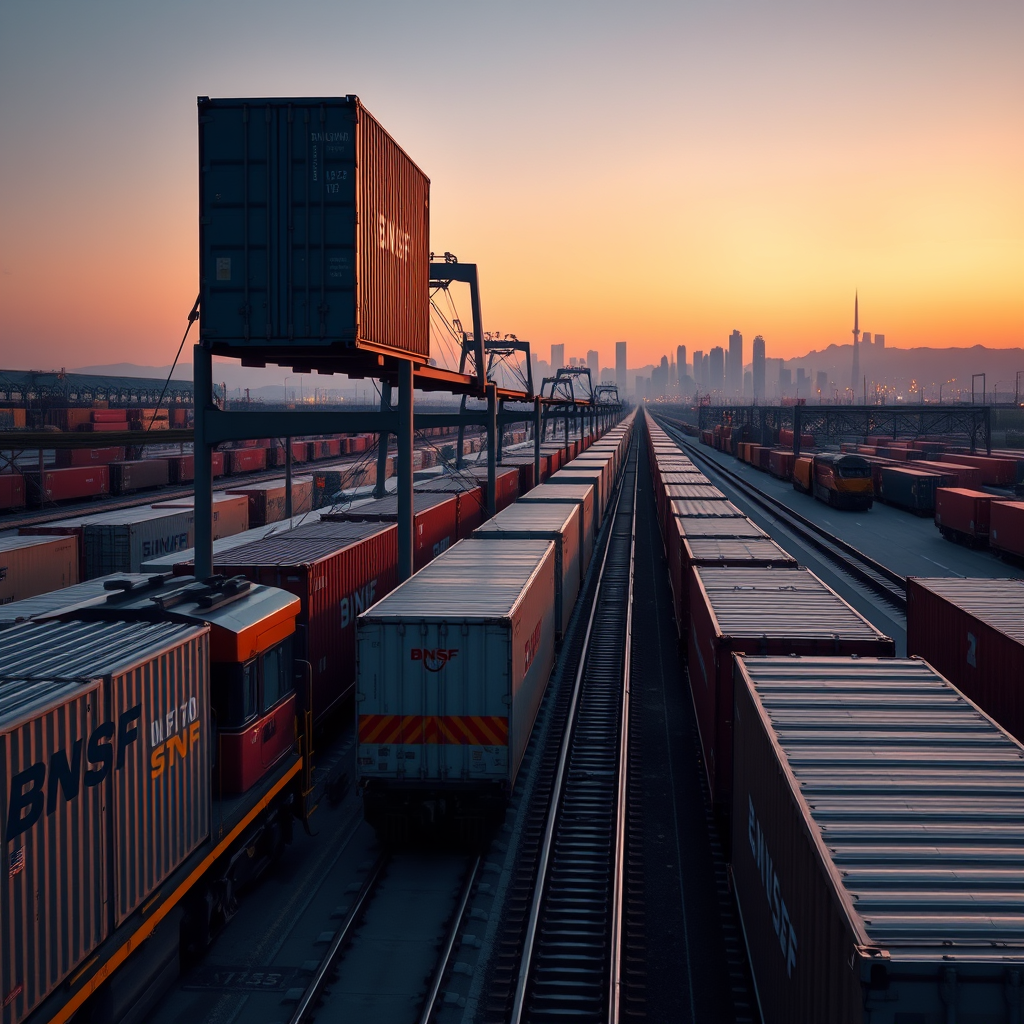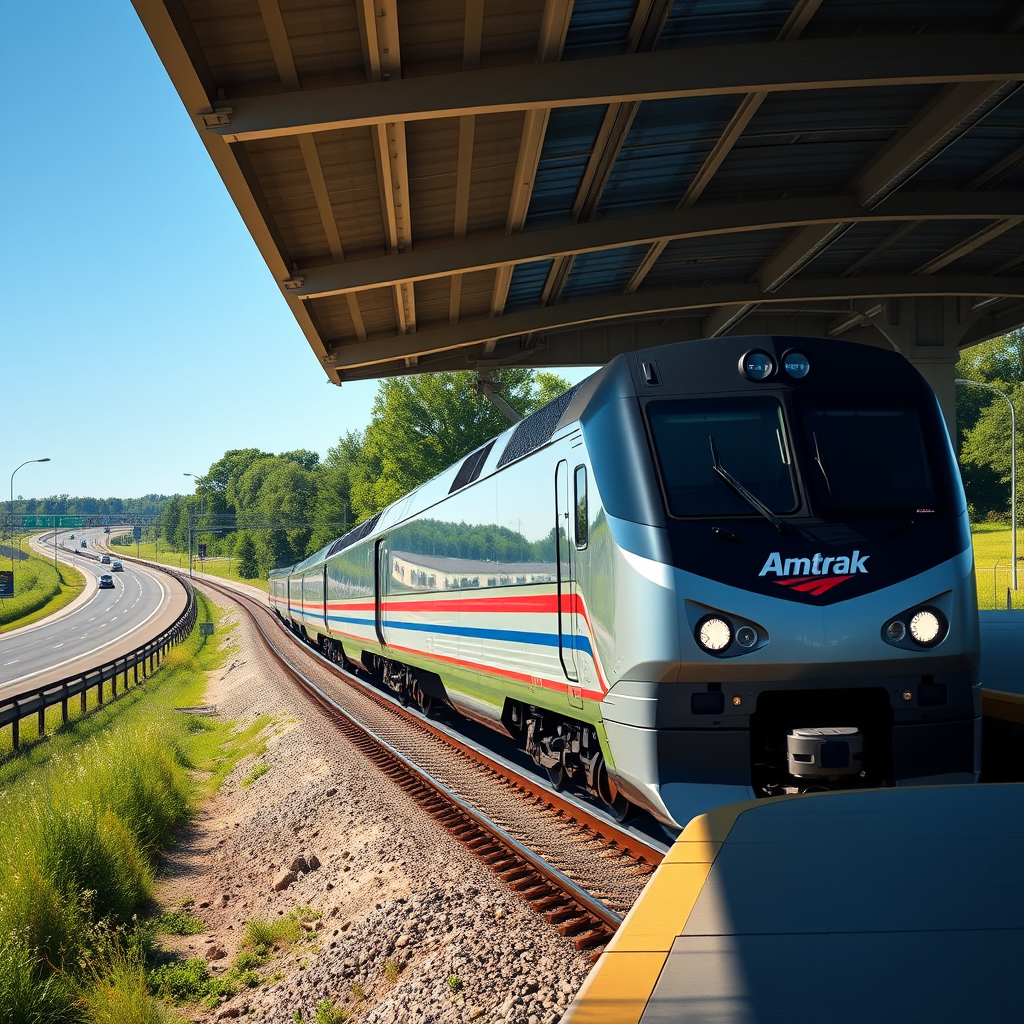LA Port Rail: Green Solution, Economic Boom?

Optimizing Freight Transport in the Los Angeles-Long Beach Port Complex: A Case for Increased Intermodal Rail
The Ports of Los Angeles and Long Beach (POLA and POLB) represent critical gateways for US international trade. However, the current reliance on trucking for freight transport contributes significantly to traffic congestion, air pollution, and operational inefficiencies. This article explores the potential for significantly reducing these challenges through expanded intermodal rail transport, specifically focusing on the implementation of a dedicated “rail shuttle” system connecting the ports to an inland port. Two reports commissioned by Anacostia Rail Holdings, and conducted by Oliver Wyman and Leachman & Associates LLC, provide a detailed analysis of the feasibility, benefits, and challenges associated with such an undertaking. The analysis delves into the economic considerations, infrastructure requirements, and the potential impact on the overall logistics landscape of Southern California. The findings highlight not only environmental improvements but also substantial economic advantages stemming from reduced congestion and enhanced operational efficiency.
The Case for Short-Haul Intermodal Rail
The reports convincingly demonstrate that shifting a significant portion of container traffic from road to rail offers substantial benefits. The core argument centers on the development of a dedicated “rail shuttle” connecting the POLA and POLB to an inland port. This approach focuses on short-haul intermodal operations—transporting containers over relatively shorter distances—as a means to maximize the efficiency and cost-effectiveness of rail freight. The research projects that approximately 3.1 million Twenty-foot Equivalent Units (TEU) containers could be moved annually via this system, resulting in a daily reduction of approximately 5,100 trucks on Los Angeles roads. This significant reduction would directly alleviate traffic congestion and its associated negative impacts.
Economic and Environmental Benefits of Intermodal Transportation
The economic benefits extend beyond reduced congestion. The reports indicate that, in the long term, the per-container cost of rail transport via the proposed shuttle system would be competitive with trucking. This makes the case for rail not just an environmental imperative but also a sound economic strategy. Furthermore, reducing the number of trucks on the road translates to significant decreases in greenhouse gas emissions, contributing to improved air quality and a more sustainable transportation ecosystem. This aligns with broader sustainability goals and addresses growing community concerns about the environmental impact of port operations.
Infrastructure Challenges and Investment Requirements
While the long-term economic viability of the proposed rail shuttle is promising, the reports acknowledge significant upfront investment challenges. The construction of new intermodal terminals and the expansion of rail line capacity represent substantial capital expenditures. This requires strategic planning, securing funding, and collaborating with various stakeholders, including port authorities, railway operators (such as BNSF and Union Pacific), and government agencies. Successfully navigating these challenges will be crucial to the project’s successful implementation. The analysis also suggests that successful implementation will depend on a comprehensive approach involving multiple parties, effective infrastructure planning and a clear understanding of regulatory and permitting processes.
Conclusion: A Strategic Investment for Sustainable Growth
The research presented strongly supports the case for increased intermodal rail transport in the Los Angeles-Long Beach port complex. The potential benefits, encompassing significant reductions in traffic congestion, greenhouse gas emissions, and improved operational efficiency, are substantial and undeniable. Although the initial investment in infrastructure is significant, the long-term economic viability and the broader societal benefits – a cleaner environment and improved quality of life – make this a strategically important investment. The success of this initiative hinges on effective collaboration among various stakeholders, including port authorities, railway operators, and government agencies. Addressing the infrastructure challenges through careful planning, securing necessary funding, and streamlined regulatory processes will be critical. The reports emphasize the urgency of transitioning to a more sustainable and efficient transportation system, highlighting the Los Angeles-Long Beach port complex as a prime location to demonstrate the potential of short-haul intermodal rail. The significant reduction in truck traffic, the environmental improvements, and the potential for long-term cost-competitiveness all point to a future where rail plays a much larger role in the efficient and sustainable movement of goods through this vital transportation hub. This project should be considered a crucial step towards a more environmentally responsible and economically robust future for the region.




